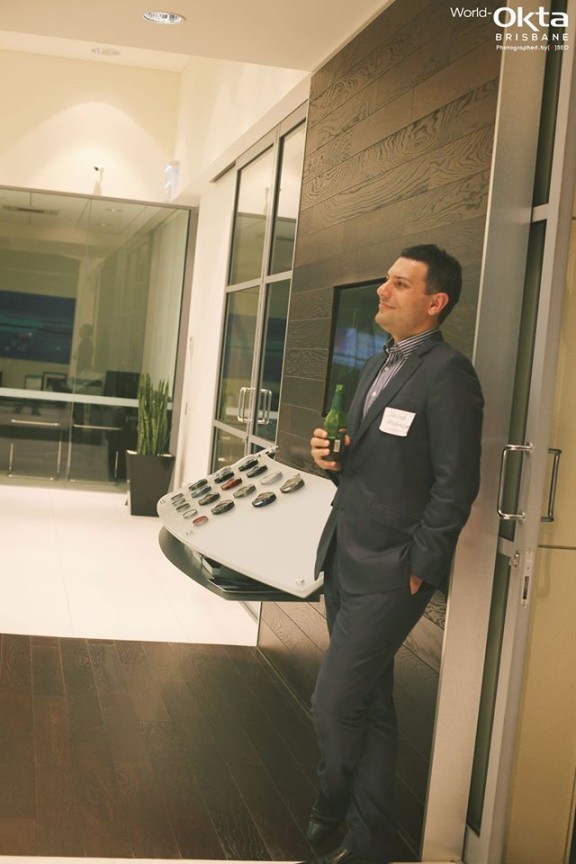If you give me your business card, I will do one of two things with it: convert the data it contains to an electronic record, or add it to a pile in my office (and use DuckDuckGo to find your contact details if I ever need them again). This treatment of the business card as function over form is not restricted to me.
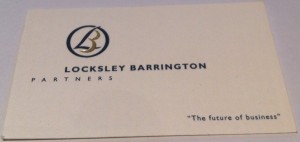
I think it was the marketing strategist Graham Bills who first shared with me this concept, of the Business Card as an overlooked marketing opportunity: “If your card doesn’t evoke an immediate, emotional response in the recipient, then it hasn’t done its job.”
How is your card generally received? With a quick thanks and an insertion into a purse or jacket pocket? Or does it spark a conversation and advance your personal brand?
Business Card as Marketing
It’s a stretch to claim that Business Cards are completely overlooked as a marketing opportunity – after all, most Brand Guidelines will go to some depth defining the business card specifications, and for new employees their first set of business cards is usually their first opportunity to promote the new company to their personal networks.
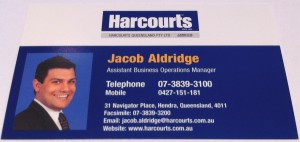
In my observation (and I meet a reasonable number of people and get handed a lot of business cards), the purpose of the marketing message seems to be more ‘align with brand’ than ‘make people notice’. I’m ok if you choose to have a card with a nice look and feel, that inoffensively shares your email address and mobile number. Just understand that you are missing an opportunity.
My Business Card
I can take no credit for my current business card, developed along with a new brand at about the same time I began training with Shirlaws in 2006. I can attest to the impact it has.
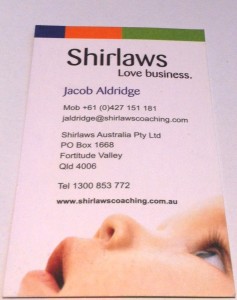
When I hand this card over, it rarely goes straight into a pocket. People look at it. They turn it over. They ask about the colours. They ask about “Love Business”. They OFTEN ask about the baby. Many have been introduced to me as a business coach-consultant – they’re thinking spreadsheets and analysis. This card defies their expectations. And that incongruence creates a conversation.
“Well for most business owners, their business is their baby. We understand that, and we want to help you have fun with your kids again.” or
“Colour is so powerful for memory and language. If you think that’s striking, wait until we meet for coffee and I show you my coloured pens.” or
“Even if you just want our help making you more money, understand that my team will do it all from a place of love.”
Who do they remember the next day? Whose invitation for a coffee meeting do they accept next week?
China
I work with some clients in China. If you’re not familiar, the custom there is to present your business card with both hands, and to take another’s business card with both hands, and review it. To treat the card functionally and immediately place it, however well-intentioned, into your coat is a sign of disrespect.
So does this still apply? Absolutely! A western comparison might be the handshake – I’ll do dozens of those a week, but it’s only the really noticeable (strong, or horribly limp) that I notice. There’s a difference between looking at your business card, and actually noticing it.
Does your Business Card do this?
So how is your card received? Do people remember you because of your striking card? Or not?
Consider these two factors:
1) What is the brand message you want to convey?
This is not about striking and memorable for the sake of it – a Nudie card at a Church convention will be memorable, but not helpful. So what is the message you wish to convey? And how can you achieve that in your card?
I can’t stress enough the value that good brand architects and designers can have here.
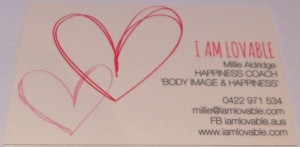
2) What message is appropriate for your audience?
This is the same question, but from the recipient’s perspective. A card that delivers cut-through in New York may upset cultural sensitivities in Shanghai or Dubai. That’s fine if your client base is Upper West Side, but not if you also want to encompass the Middle and Far East.
So relevance and appropriateness are important factors. Then get creative and don’t. be. boring.
If you want to learn what the next two overlooked marketing opportunities are (and I’ve started with the most obvious one) then be sure to subscribe here to stay informed.
If you leave me, can I come too…? Click here to subscribe to my infrequent updates
If you’re Dustin Curtis, you should follow me on Twitter here.
And please tell your friends: Sharing is Caring


